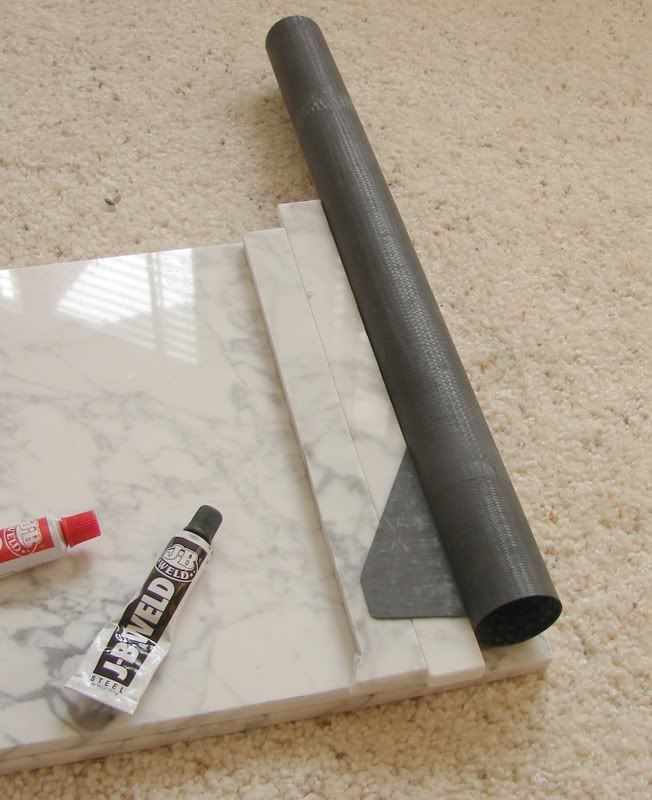Iceman1979
Well-Known Member
- Joined
- Feb 24, 2009
- Messages
- 110
- Reaction score
- 0
Ok Guys/Gals,
I used AutoCad to make my fin alignment tool. As you can see in the attached document I created a small circle for my MMT and a larger one for my BT. The lines are where the fins would be and are the width of the wood.
I would place the piece of paper on a flat surface and then place the MMT on it's circle and then mark the spots for the fins. using a ruler and a piece of angled aluminum (L shaped) I extended the lines down the tube. I repeated this step for the BT as well.
I'm curious how others have done it. Anyone care to share some examples. I like having options and maybe there is a better/easier way out there.
View attachment Fin Placement-Model.pdf
I used AutoCad to make my fin alignment tool. As you can see in the attached document I created a small circle for my MMT and a larger one for my BT. The lines are where the fins would be and are the width of the wood.
I would place the piece of paper on a flat surface and then place the MMT on it's circle and then mark the spots for the fins. using a ruler and a piece of angled aluminum (L shaped) I extended the lines down the tube. I repeated this step for the BT as well.
I'm curious how others have done it. Anyone care to share some examples. I like having options and maybe there is a better/easier way out there.
View attachment Fin Placement-Model.pdf





